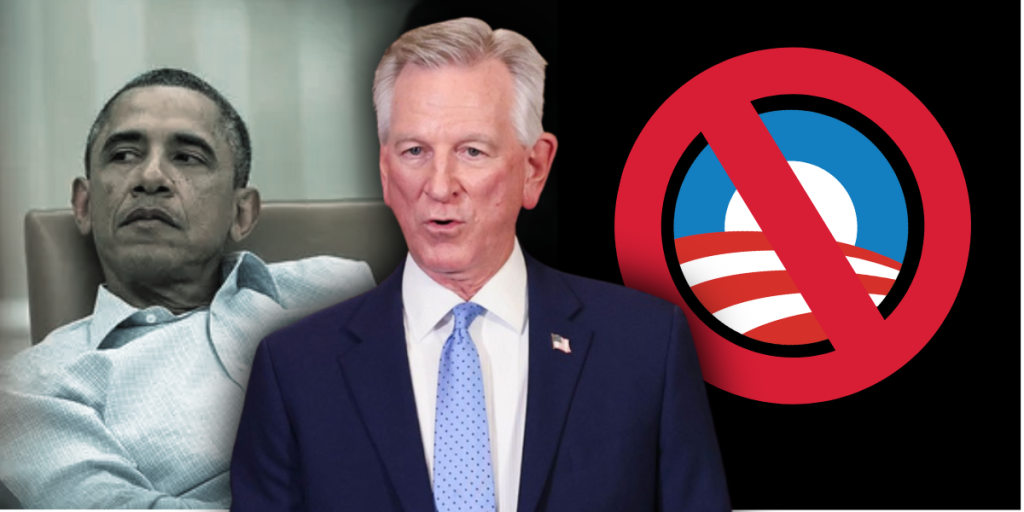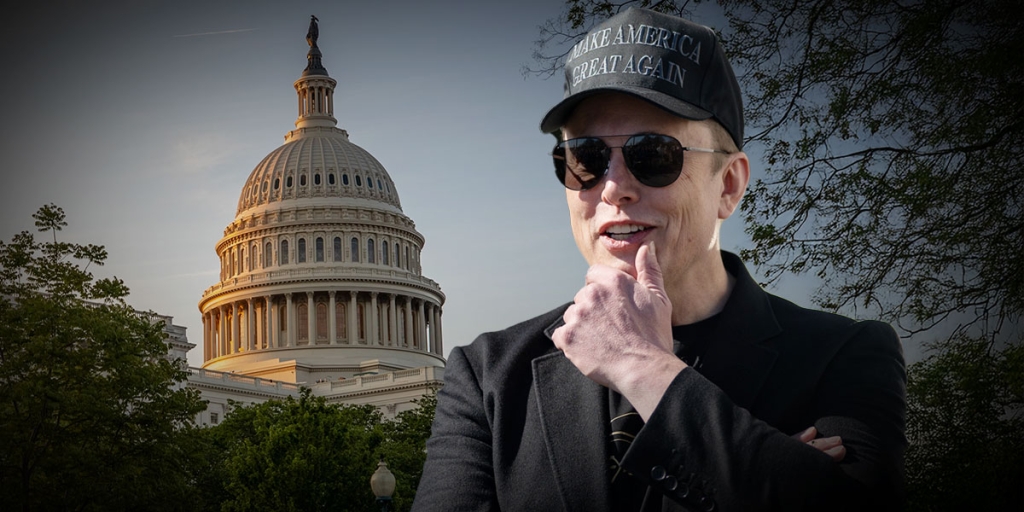Unemployment fell to 3.5% in July, the same historically low level as February 2020. The labor market remains strong despite high inflation and a seeming impending recession.
The labor market’s performance refutes a central element of Modern Monetary Theory’s (MMT) license for government spending. The unemployment rate excludes persons not seeking jobs, so economists also consider the labor force participation rate and the employment to population percentage.
A smaller proportion of Americans work now than in 2020. Labor force participation fell from 63.4 to 62.1% and the employment rate fell from 61.2 to 60.0%.
Small participation changes have significant consequences with population growth. July’s employment equaled February 2020, but about three million more Americans would be working now with 2020’s employment ratio. The labor force participation decline affects our standard of living.
Second quarter GDP was $24.8 trillion, over $160,000 per employed person. With an additional 3 million employees generating the same GDP per job, GDP would have been $500 billion higher.
The seemingly permanent labor force participation decline mirrors the decline from 66 to 63 during the Great Recession. Demographics affect the participation rate, which will fall as Baby Boomers retire. Yet participation normally changes slowly, making these two declines unusual.
But not necessarily problematic. All market economy transactions are voluntary. No one must work, although not working will crimp one’s lifestyle. We choose our profession and how much to work. People may have exited work for good reasons.
The pandemic has led to a surge in homeschooling, with some parents now choosing homeschooling over working. GDP will be lower, but life satisfaction higher. A booming labor market may seem inconsistent with a looming recession but is not.
The movement of GDP defines the business cycle. Many economic variables move with GDP and hence are cyclical. Yet these variables do not all move precisely in sync with GDP. Some hit their peaks and troughs before GDP and are leading variables. Lagging variables experience peaks and troughs after GDP. Unemployment is a lagging variable.
The Great Recession officially ended in June 2009; unemployment was 9.5% and did not peak until October at 10.0%. Employment’s lag is reasonable. Businesses do not like letting employees go and wait before resorting to layoffs or beginning hiring coming out of a recession.
The booming labor market has revealed a serious error in MMT. The theory has justified massive recent federal spending. Stephanie Kelton, a leading MMT proponent, contends that Washington can afford any spending Congress can pass.
Most macroeconomists believe that deficit spending increases GDP when the economy is in a recession, or at less than “full employment.” MMT posits that significant idle labor exists at conventionally defined full employment. MMT agrees with mainstream macro that excessive government spending produces inflation.
What constitutes full employment is fundamental. As Professor Kelton writes in The Deficit Myth, “most mainstream economists remain wedded to the idea that there is some lower boundary below which unemployment cannot be permitted to decline. Some slack must be maintained in the form of a human sacrifice – forced idleness – lest we condemn ourselves to the ravages of accelerating inflation.”
Conventionally defined “full employment” involves perhaps 5% unemployment and 65% labor force participation, so millions of potential employees are not working. Professor Kelton believes that these persons would work for decent wages, driven by government spending.
There’s some truth here; almost anyone would work for a high enough salary. The MMT claim has plausibility but must be subjected to scrutiny.
Over $5 trillion of stimulus spending provided a test. Record numbers of job openings produced sharply rising salaries for many jobs. And employment is 152.5 million, the same as February 2020. Millions of Americans are not ready to work for modestly higher salaries.
Our “Roaring Twenties” have featured enormous economic variability. Economists do not fully understand the recent drops in labor force participation. Unchanged employment since 2020, however, rules out a lack of jobs as the explanation.
Daniel Sutter is the Charles G. Koch Professor of Economics with the Manuel H. Johnson Center for Political Economy at Troy University and host of Econversations on TrojanVision. The opinions expressed in this column are the author’s and do not necessarily reflect the views of Troy University.













